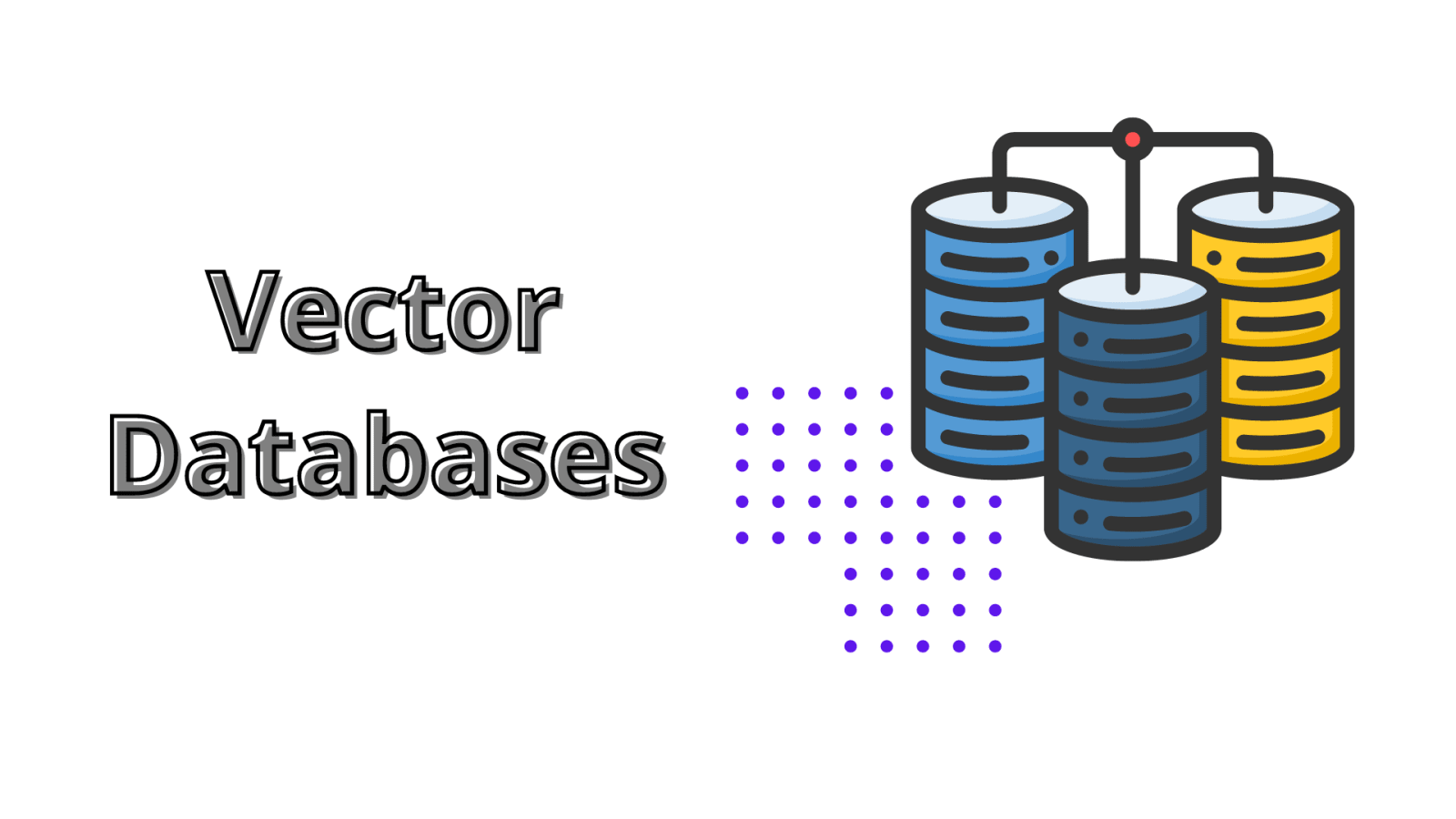The Vector Database: Unlocking the Potential of Next-Generation Data Management

Introduction:
In the rapidly evolving field of data management, a new era is dawning with the emergence of vector databases. These cutting-edge technologies are reshaping how we store, process, and analyze extensive datasets. In this blog post, we will delve into the capabilities and advantages of vector databases, and explore their potential to revolutionize the future of data management. Join us as we explore this exciting frontier and discover the transformative power of vector databases.Understanding Vector Databases:
A Paradigm Shift in Data Storage and Analysis Provide an introduction to vector databases, highlighting their unique characteristics and how they differ from traditional database systems. Explain the underlying principles that make vector databases a promising choice for various applications and use cases. Discuss the advantages of their data storage and query processing approaches.Boosting Performance and Efficiency:
Accelerating Data Processing Illustrate the superior performance and efficiency offered by vector databases. Explore how their architecture and indexing techniques enable swift query processing and analytics on large-scale datasets. Explain how vector databases leverage specialized data structures and algorithms to achieve exceptional processing speed and resource utilization.Empowering Advanced Analytics:
Unleashing the Potential of Data Insights Examine how vector databases empower advanced analytics and unlock the potential of data-driven insights. Discuss their ability to support vector-based operations, facilitating efficient similarity searches, clustering, and classification tasks. Showcase real-world examples where vector databases have been instrumental in powering recommendation systems, fraud detection, image recognition, and other data-intensive applications.Scalability and Flexibility:
Meeting Growing Data Demands Address the scalability challenges posed by the exponential growth of data. Explain how vector databases offer horizontal scalability by distributing data across multiple nodes, allowing seamless expansion as data volumes increase. Discuss their flexibility in handling structured and unstructured data, as well as their compatibility with cloud-based environments.Use Cases and Industry Applications:
Applying Vector Databases in Various Sectors Explore a range of industry applications where vector databases have made a significant impact. Highlight use cases in domains such as e-commerce, finance, healthcare, and cybersecurity. Showcase how vector databases enable real-time personalization, fraud detection, genomics analysis, and other data-intensive tasks, empowering organizations to gain valuable insights and drive innovation.Challenges and Considerations:
Effectively Implementing Vector Databases Acknowledge the challenges and considerations associated with implementing vector databases. Discuss factors such as data modeling, integration with existing systems, and ensuring data quality and consistency. Provide practical guidance on selecting the right vector database solution and developing an effective implementation strategy.
Conclusion:
Vector databases are paving the way for a new era of data management, revolutionizing how organizations store, process, and derive insights from their data. By leveraging the capabilities of vector databases, businesses can unlock new levels of performance, scalability, and advanced analytics. Embrace the power of vector databases to stay ahead in the data-driven world and unleash the full potential of your organization's data assets.Contact US
(Make your ideas a digital success story!)
With our expertise, adaptability, and commitment to excellence, we're the perfect partner for your next project. Shall we get started?
Email: info@buildingdots.com
Email: +91 70153 36689